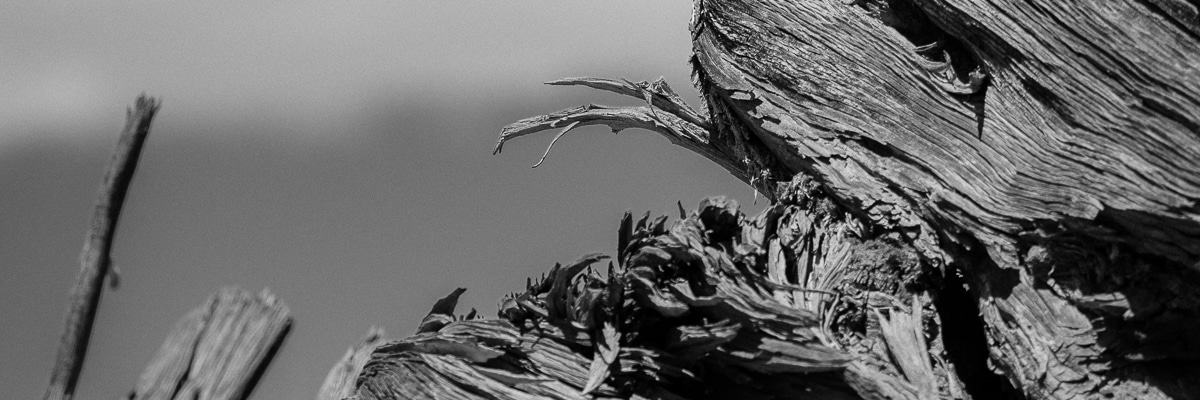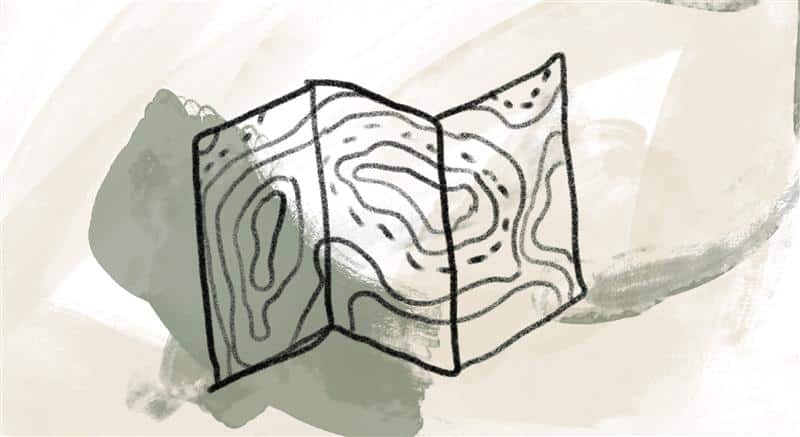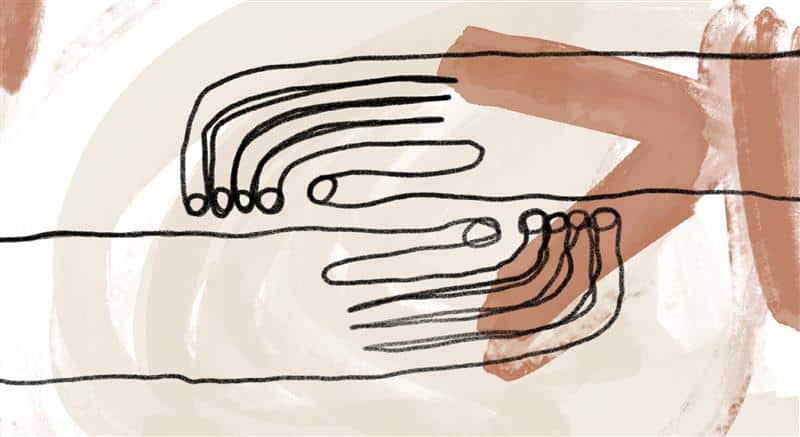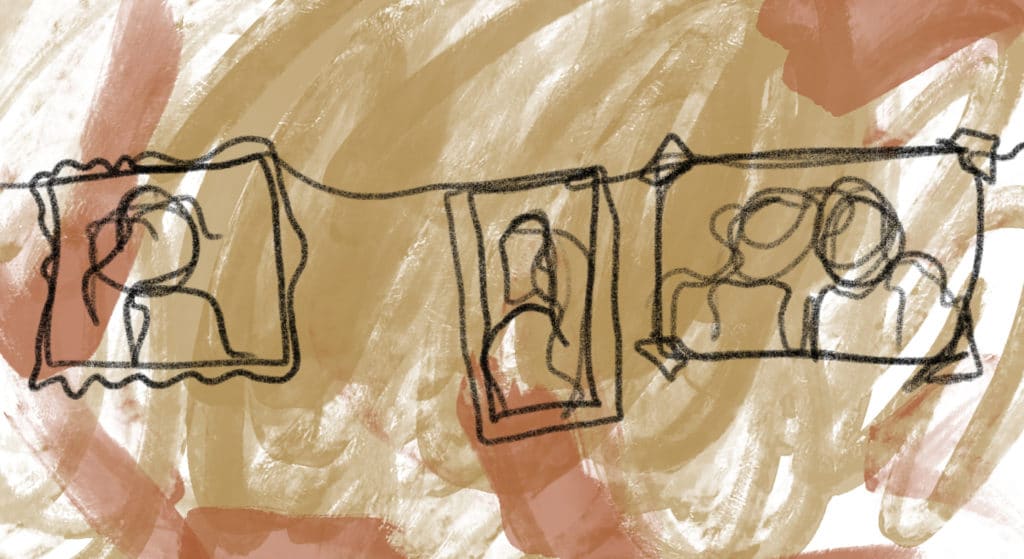
Jazz helps us be sensitive to the whole range of existence. Far from offering us rose-colored glasses … it realistically speaks of sorrow and pain…. Jazz stimulates us to feel deeply and truthfully…. Jazz thunders a mighty “yes.” —Alvin L. Kershaw, “Religion and Jazz”
CAC teacher Barbara A. Holmes writes of the spirit of possibility that is present in those creating and listening to jazz:
When Miles Davis blows the cacophony that can barely be contained by the word song, we come closest to the unimaginable, the potential of the future, and the source of our being. Yet, jazz musicians will tell you that improvisation is risky business. They will also tell you, as [John] Coltrane did, that sometimes they receive their inspiration from divine sources. When you listen to Coltrane, you hear beyond the notes. You hear the old neighborhood and the folks we left behind emerge behind half notes. The straining trumpet blasts away the illusion that our upward mobility will bring peace.
But while jazz challenges and prods us, it also takes us to church.… [Historian] Martin E. Marty [observed] that the key to understanding links between worship and jazz is subsumed in the word awe. This is an emotion that is accessible to everyone. He says that “jazz can erupt in joy.” [1] Joy infused with the riffs of awe tends to be unspeakable.…
Art also carves pathways toward our inner isles of spirituality. When we decide to live in our heads only, we become isolated from the God who is closer than our next breath. To subject everything to rational analysis reduces the awe to ashes. The restoration of wonder is the beginning of the inward journey toward a God who people of faith aver is always waiting in the seeker’s heart. For some, the call to worship comes as joy spurts from jazz riffs. [3]
Jazz pianist and minister William Carter describes how jazz can help us pray:
I have a high view of instrumental music as a potential spiritual gift for the listener and the musician alike.… A jazz quartet can utter things in the presence of God that mere words fail to say. A saxophone can lament on behalf of those who feel helpless. A piano may offer intercessions for those who are in need. A string bass can affirm the firm foundation of faith. Drums and cymbals may call pilgrims to break into joy.
Poet Ron Seitz has spoken about how, as a young man, he befriended writer and theologian Thomas Merton…. Seitz tells of the night he went with Merton to a jazz club in Louisville. [3] As the group began to play, Merton leaned over to whisper, “They’re going to start talking to each other now. Listen.” Then he moved closer to the bandstand to get a better look. Later, returning with his eyes wide, he said to Seitz, “Now that’s praying. That’s some kind of prayer! The new liturgy. Really, I’m not kidding.” [4]
References:
[1] Martin E. Marty, “All That Jazz,” The Christian Century 115, no. 9 (March 18, 1998): 327.
[2] Barbara A. Holmes, Joy Unspeakable: Contemplative Practices of the Black Church, 2nd ed. (Minneapolis, MN: Fortress Press, 2017), 188–189, 198.
[3] Ron Seitz, Song for Nobody: A Memory Vision of Thomas Merton (Liguori, MO: Triumph Books, 1993), 114, 115.
[4] William G. Carter, Thriving on a Riff: Jazz and the Spiritual Life (Minneapolis, MN: Broadleaf Books, 2024), 102.
Image credit: Benjamin Yazza, Untitled (detail), New Mexico, 2023, photo, used with permission. Click here to enlarge image. What draws us when we gaze on an image? Here we see movement, flow, and artistry in natural wood.
Story from Our Community:
Easter this year was very different. I was at home while it rained outside, reflecting on being held. I asked Spirit to be with me. Then a still small voice said, “It’s been a long time since we painted together.” I agreed and broke out a fresh canvas. For the next three hours, I was in another space talking with God about everything. I felt a deep peace.
—Glenn G.




